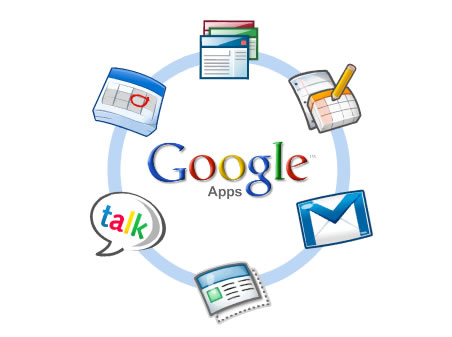Who Owns Your Data?

Cross posted at ThumannResources.com
I have been reviewing many questions recently about storing data in the Cloud. With so many districts moving to Google Apps I decided to put together some resources on data ownership and privacy. I hope you find this helpful:
Who owns the data that organizations put into Google Apps?
Resource: http://www.google.com/support/a/bin/answer.py?hl=en&answer=106876
- Google won't share your data with others except as noted in their Privacy Policy.
- They keep your data as long as you require them to keep it.
- You should be able to take your data with you if you choose to use external services in conjunction with Google Apps or stop using our services altogether.
The best tool for taking your data with you is Google's Data Liberation Front at http://www.dataliberation.org/. You can even use this tool to export all of your Google Docs out of your personal Google Account and import them into your school Apps account.
Security and Privacy- FAQ's
Resource: http://www.google.com/support/a/bin/answer.py?hl=en&answer=60762
In Google's Security Whitepaper, they cover, in detail, some of the issues we find ourselves talking about with Administrators and even Board of Education members before we can utilize Google Apps. Some of these issues include:
- Google corporate security policies
- Systems development and maintenance
- Regulatory compliance
Resource: http://www.google.com/a/help/intl/en/edu/privacy.html
Tools and ideas to transform education. Sign up below.
Here you will find the following:
- Google complies with applicable US privacy law, and the Google Apps Terms of Service can specifically detail their obligations and compliance with FERPA (Family Educational Rights and Privacy Act) regulations.
- They offer Google Apps Education Edition to schools for free. It's also completely ad-free -- which means your school's content is not processed by Google's advertising systems.
- To reduce exploit risks, each Google server is custom-built with only the necessary software components, and the homogeneous server architecture enables rapid updates and configuration changes across the entire network when necessary.
I'm hoping folks will find this information useful as they field questions from their colleagues and possibly even parents of the students they work with.
